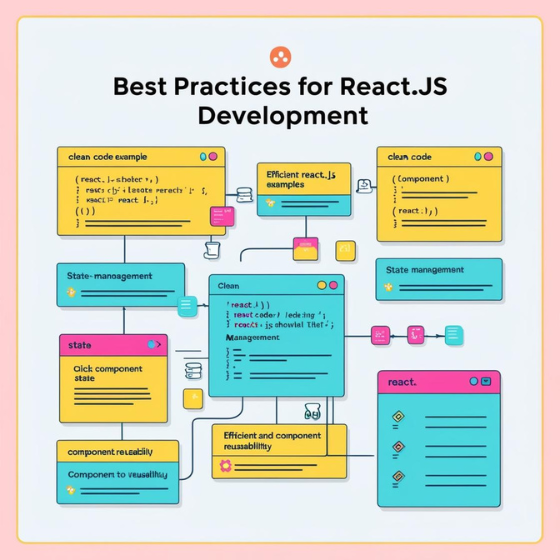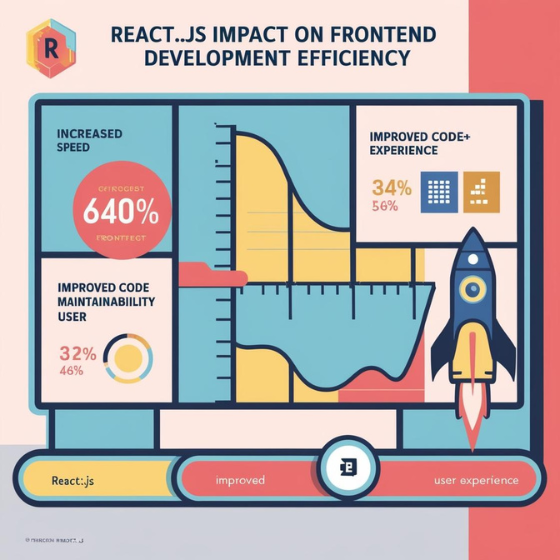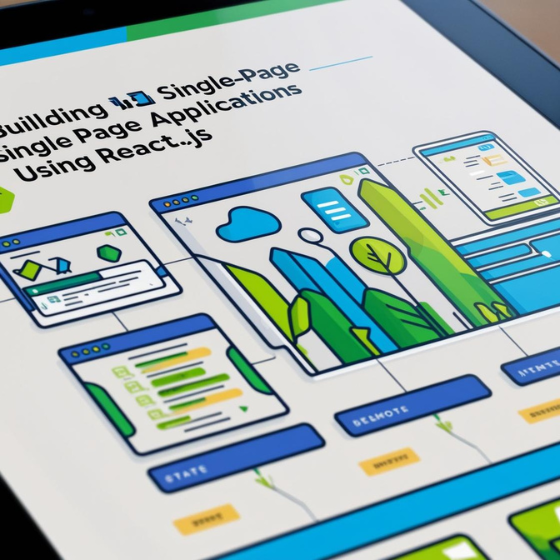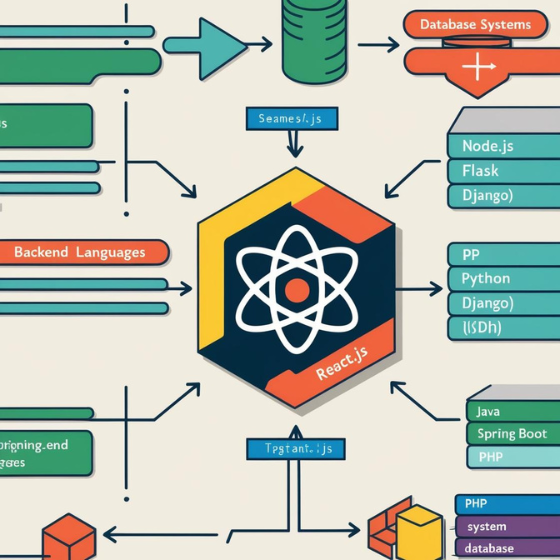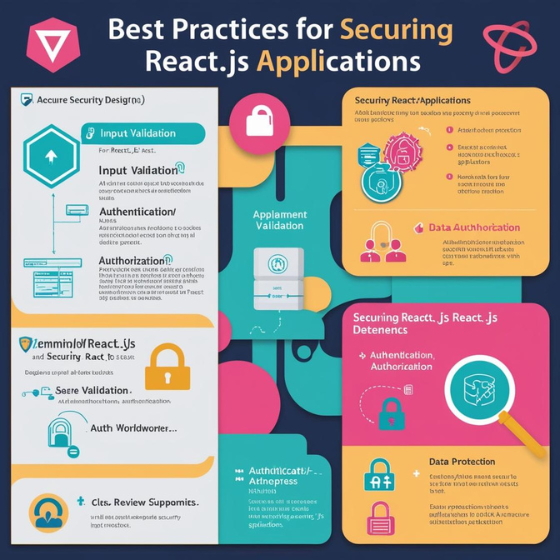Best Practices for React.js Development
React.js has transformed modern web development by simplifying how we build dynamic user interfaces. While React.js is incredibly powerful, leveraging its full potential requires adhering to best practices. These practices ensure that applications are efficient, scalable, and easy to maintain.
In this blog, we’ll uncover best practices for React.js development that can streamline your workflow, enhance performance, and improve user experiences. Whether you’re starting a new project or refining an existing one, this guide will provide valuable insights to elevate your development game.
Why Do Best Practices Matter in React.js Development?
React.js allows developers to build fast and responsive applications, but improper implementation can lead to inefficiencies, errors, and poor user experiences. Following best practices helps:
- Improve Code Quality: Ensures readability, maintainability, and reusability.
- Optimize Performance: Reduces rendering issues and speeds up load times.
- Enhance User Experience: Offers seamless navigation and responsiveness.
By adopting best practices, you lay a strong foundation for the long-term success of your React.js applications.
Organizing Your React.js Project
A clean project structure is the cornerstone of effective development.
1. Create a Logical Folder Structure
Organize your files and folders to improve scalability and collaboration. A common approach is to separate components, pages, assets, and utilities. This structure makes it easier for teams to navigate and manage projects.
2. Use Feature-Based Grouping
For larger applications, grouping files by features rather than type helps maintain context. For example, each feature can include its components, styles, and tests.
Writing Clean and Efficient Code
Readable and efficient code is essential for scaling applications and onboarding new developers.
1. Embrace Functional Components
Functional components have become the standard in React.js development. They’re concise, easier to read, and fully compatible with hooks, which simplify state and lifecycle management.
2. Prioritize State Management
Avoid overcomplicating your state logic. For simple applications, React’s built-in useState or useReducer works well. For larger applications, consider a state management library like Redux or MobX.
3. Avoid Hardcoding
Hardcoded values make your application less flexible. Use variables, props, or configuration files to make your application adaptable to changes.
Enhancing Application Performance
Performance optimization is crucial to ensure fast load times and smooth interactivity.
1. Implement Lazy Loading
Lazy loading defers the loading of non-essential resources until they’re needed. This technique reduces the initial load time and improves performance, especially in applications with extensive features or media.
2. Minimize Re-Renders
Unnecessary re-renders can slow down your app. Use memoization techniques to ensure that components only re-render when absolutely necessary.
3. Optimize Assets
Compress images, minify JavaScript files, and use content delivery networks (CDNs) to speed up resource loading.
Testing and Debugging Practices
Robust testing and debugging ensure your React.js application is reliable and bug-free.
1. Adopt a Test-Driven Development (TDD) Approach
Writing tests before code ensures that your application logic aligns with requirements. Use tools like Jest for unit testing and React Testing Library for component testing.
2. Leverage Developer Tools
React Developer Tools is indispensable for debugging. It allows you to inspect component hierarchies, props, and state, making it easier to identify and resolve issues.
Accessibility and SEO
Making your applications accessible and SEO-friendly broadens your audience and enhances visibility.
1. Prioritize Accessibility
Use semantic HTML elements and follow ARIA guidelines to ensure your app is usable by people with disabilities. Accessibility improves user satisfaction and expands your app’s reach.
2. Enhance SEO with Meta Tags
Optimize your application for search engines by incorporating proper meta descriptions, keywords, and alt attributes for images.
Sodio’s Expertise in React.js Development
At Sodio, we specialize in building React.js applications that are scalable, efficient, and tailored to meet unique business needs.
Why Choose Sodio for Your React.js Projects?
- Custom Solutions: Our team delivers feature-rich applications designed to align with your goals.
- Performance Optimization: We ensure your applications are fast, responsive, and user-friendly.
- Expert Guidance: Our developers stay updated with the latest React.js trends and technologies.
Success Story:
One of our clients, an e-commerce platform, faced issues with slow page loads and high bounce rates. Sodio implemented React.js best practices such as lazy loading and state optimization, resulting in a 40% improvement in load times and a significant boost in user engagement.
To explore more about our services, visit our React.js Development page.
Conclusion
Adhering to the best practices for React.js development is essential for creating applications that are efficient, scalable, and user-friendly. From organizing your project structure to enhancing performance and ensuring accessibility, these practices will set you on the path to success.
At Sodio, we’re committed to helping you achieve your development goals. Our team of experts brings deep knowledge and a proven track record in building exceptional React.js applications.
? Contact us today to learn how we can support your next project.
? Explore our services to see how we can add value to your business.
